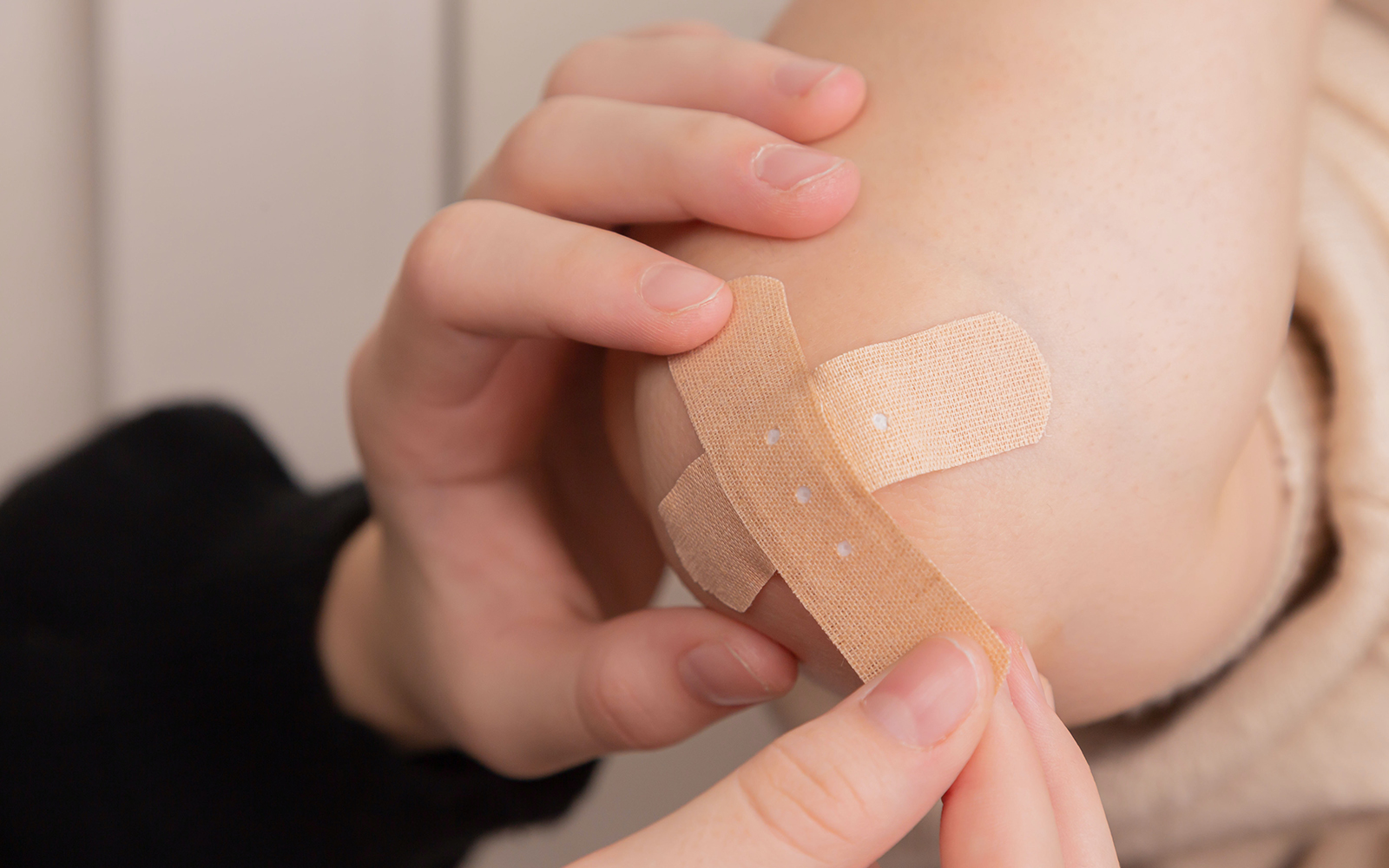Ever braced yourself before ripping off a bandage? Most wound dressings are made of materials that absorb wound secretions, but then stick to the healing skin when they dry and can be painful to remove. Unfortunately, the solution to this problem isn’t to use liquid-repelling materials for dressings as failure to absorb wound fluid can hamper the natural healing process.
With this in mind, Zibiao Li, Senior Research Scientist at A*STAR’s Institute of Materials Research and Engineering (IMRE), in collaboration with Xiamen University, led a team of researchers in looking for the best of both worlds: a next-generation wound dressing material that maintains the perfect conditions for quick healing without the dressing sticking to the skin.
In their study, Li and colleagues describe the design of a new polymer dressing with two unified layers. “Like a pump that only works in a single direction, the hydrophobic layer repels and diverts wound secretions up to the hydrophilic layer, which also prevents the intrusion of foreign solutions,” explained Li.
Their dressing used a nanomaterial known as a Janus amphipathic polymeric fibre film. The top hydrophilic layer absorbs wound exudate—fluid that leaks out of blood vessels—away from the site of injury, while the bottom hydrophobic layer repels fluid and has non-stick properties that keep infections at bay and allow for pain-free removal of the dressing.
When the research team tested the efficacy of their newly developed wound dressing on rats, they found that those treated with new dressing showed signs of healing much faster, with wounds almost completely healed in around two weeks.
“Our Janus wound dressing could effectively remove excess wound secretions to maintain a favourable microenvironment for wound healing. By reducing injuries during dressing replacements, the overall healing process is accelerated,” Li said, adding that the dressing could greatly help diabetic patients suffering from chronic, nonhealing wounds.
Moving forward, the researchers plan to optimise the material’s drainage function to lengthen its lifespan and reduce the frequency of dressing changes for patients. “We are also planning to enhance the antibacterial and wound-healing properties of the dressing by incorporating other ingredients,” added Li.
The A*STAR researchers contributing to this research are from the Institute of Materials Research and Engineering (IMRE).






